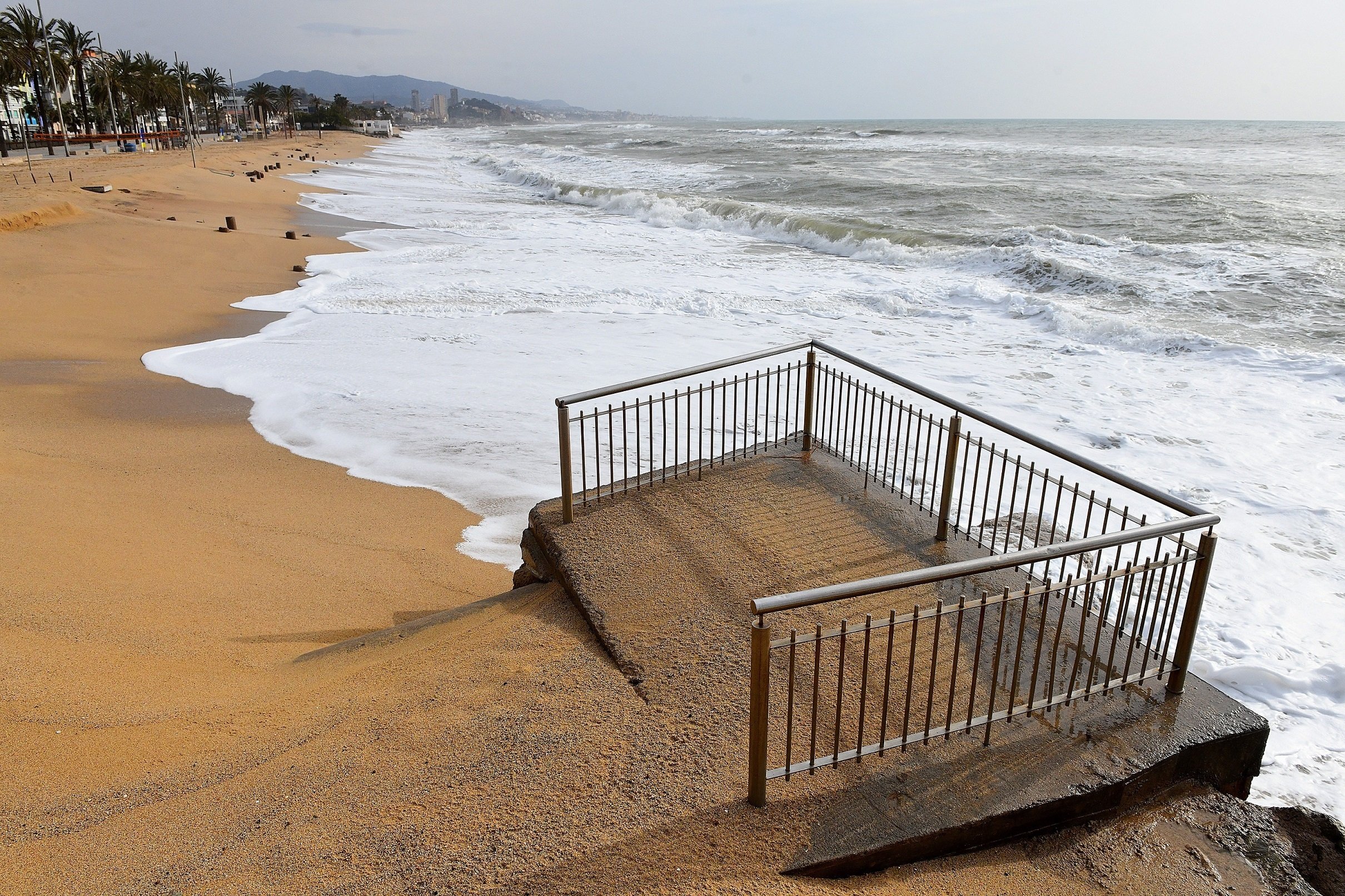The Spanish environmental organization Ecologistas en Acción has this Wednesday released its Black Flags 2023 report, which every year brings to light significant cases of pollution and poor environmental management all around the long coastline of the Spanish state. As it has done every year since 2005, the organization defines two black flag locations for each province with a coastline — one to indicate pollution and another for environmental mismanagement. Thus, with three coastal provinces in Catalonia, there are six black flags on the Catalan coast: so, for the summer of 2023, here are six of the environmentally-worst locations on the Catalan Mediterranean.
Map: Malena Ramajo
1. Ebre Delta
In the southern Catalan province of Tarragona, the black flag for mismanagement is awarded to the Ebre Delta. The reason? The Ebro Hydrographic Confederation (CHE), responsible for water managament in the whole enormous river basin, has made a 50% reduction in the supply of water to the rice paddies of the two irrigated agriculture communities, thus lowering the water volume to 250 cubic hectometres for the two banks of the delta. Specifically, Ecologistas en Acción denounce that farmers "have been forced to reduce the irrigation of an area of high natural, social and economic value instead of water restrictions being applied in other lower priority uses, and as a result the ecological and economic sustainability of the territory are even more vulnerable".
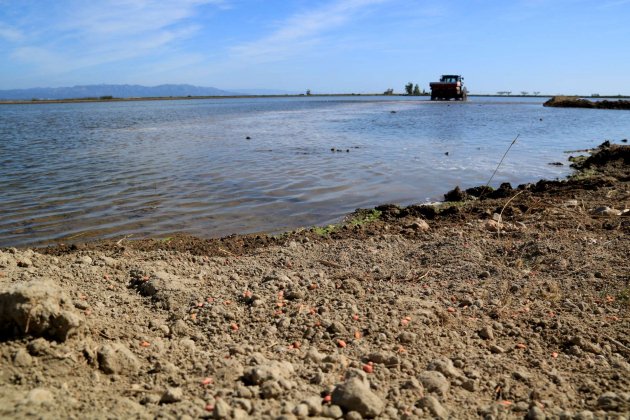
2. Preventori de la Savinosa
The black flag for pollution in the province of Tarragona goes to the so-called Preventori de la Savinosa - originally a 1930s health centre for children - built beside Savinosa beach, on the Costa Daurada. On this occasion, the reason is the recent project to convert the run-down buildings into a cultural hub on the sea front - which means building right on sea front and causing an increase in the human anthropization of a natural space. The project is in the hands of the Diputació de Tarragona, the provincial body, and is also supported by the Tarragona city council. The environmental group denounces that "the public administrations are seeking to promote urban development projects on the sea front, destroying the last undeveloped spaces of the Tarragona coast".
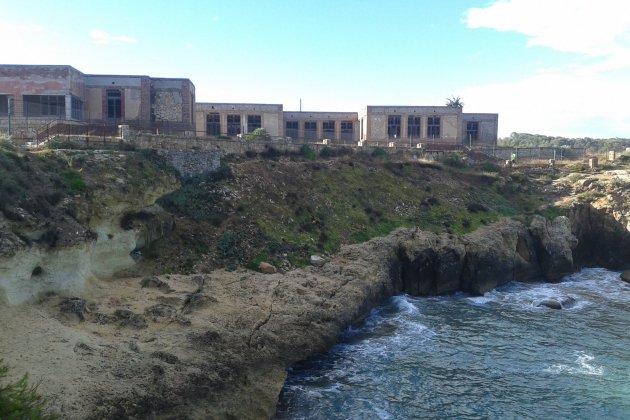
3. Platja de Vallcarca
From Tarragona we pass to the province of Barcelona, where Vallcarca beach (between Sitges and Garraf) receives the black flag for poor management. The reason here is that the construction company FCC has presented to the city council a plan that envisages transforming the old cement plant into a tourism mega-complex, with apartments, hotels, a shopping area, equipment and a "claimed" high-level technology campus. "A planning scam", is the reading made by Ecologistas en Acción - also noting with regret that the beach is still affected by the abandoned cement plant and that the soils "have never been decontaminated".
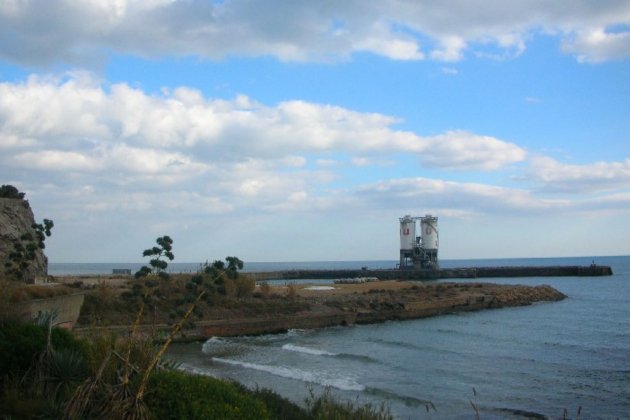
4. Platges de Badalona
In the province of Barcelona, the black flag for pollution goes to the beaches of Badalona - with a long history of pollution episodes, both on the sand and in the water. The main reason is "the terrible management of the beaches, water, urban planning and industrial activities", which causes the frequent presence of red flags, banning any swimming. Another factor is the history of underground pollution, a problem that had also occurred in nearby Sant Adrià del Besòs. In any case, the environmental organization highlights two main problems: "industrial pollution of the soil and the beach", on the one hand; and "the inefficient drainage system that means sewage is dumped into the sea," on the other. All of this has a direct impact on the environment and public health, with water and sand that are unhealthy.
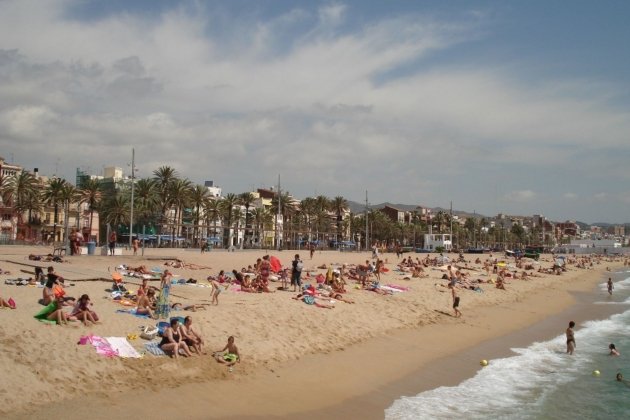
5. Platges de Begur
To finish, you must visit the province of Girona — to see the black flag for poor environmental management planted on the beaches of Begur, right in the heart of the Costa Brava. Ecologistas en Acción denounce "excessive urban development, the decision to lay cement in natural spaces, the construction of housing areas that generate great pressure on the environment, biodiversity and scarce water resources". "The policies that favour this development model collide head-on with both the needs of the environment and the population," they add. The organization also criticizes that the local municipal council "wants to develop spaces that should be protected, in natural areas with great ecological and landscape value."
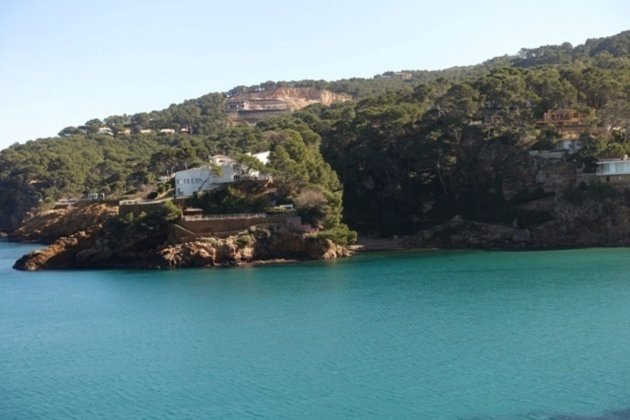
6. Golf de Roses
Finally, the black flag for pollution in the province of Girona goes to the Gulf of Roses. The reason is simple: the planned creation of an offshore wind farm, which puts at risk the marine life and the landscape value of a place of special interest, the coast of the Empordà - and which would affect the economic activities carried out there. The wind energy proposal "perpetuates an outdated model of transnational companies that control the energy market and exploit and plunder the territory without taking into account its environmental, landscape, social and economic values", concludes Ecologistas en Acción in its Black Flags 2023 report — written in Spanish, it can be viewed below.
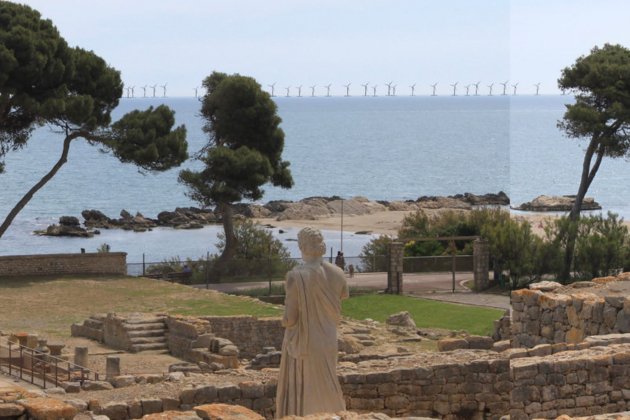
Main image: the Pont d'en Botifarreta beach, in Badalona / Europa Press

